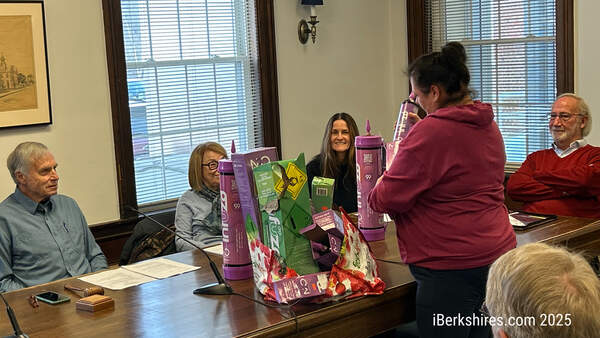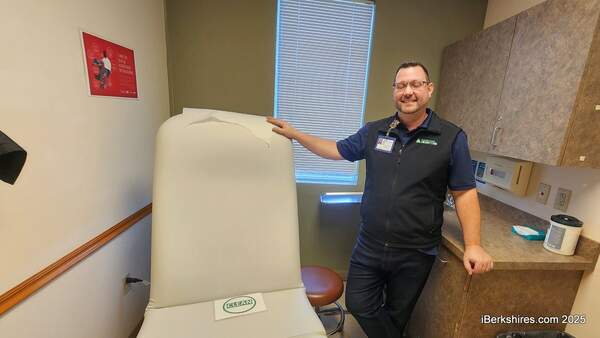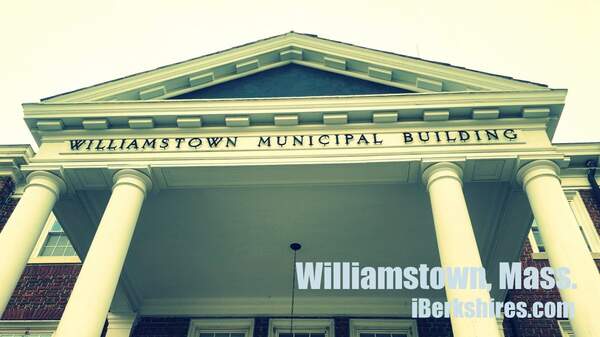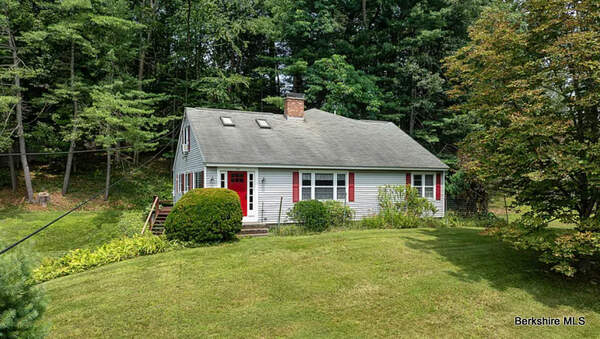
Mount Greylock Gearing Up for New School Pitch
 The building subcommittee has apportioned out tasks while it prepares to make another push for state funding to build a new school. |
The task force — consisting of building subcommittee members — will work with education consultant Frank Locker to emphasis structural problems in the 50-year-old school in the updated statement. In the meantime, other school officials will begin rallying support from the two towns to pay for the project.
"He has already been going through our old SOI," Carrie Greene, a subcommittee member, said. "He will work on our behalf with MSBA."
The statement will not propose solutions as much as it will emphasize such problems as poor ventilation and high levels of carbon dioxide.
According to subcommittee member David Backus, Locker has already requested a study of air circulation that Backus dug out of old files. The study found double and even triple the preferred amount of carbon dioxide in many of the classrooms.
"Currently, the state suggests 800 parts per million in any public place is a good level to be at. In schools, because of young minds, it's 600 parts per million. Classrooms with larger populations exceeded both of them. Some were in the 1,200 to 2,000," Backus said. "All the classrooms in the school are vented through a univent system that goes in and out of the walls of the school but there is no ventilation in the hallways."
While the school has taken steps to lower the levels, the problem lies in the system itself that has not been replaced. This summer custodial staff has put in extra effort to clean out univents, Backus said.
The ventilation, as one example, has already opened eyes of some residents while the committee begins to built support for the project in both towns.
At a recent meet and greet, Archibald showed the information to residents likely to get involved with the push for a new school. Those people — who are mostly from Lanesborough and have been pointed out by Lanesborough Elementary School Principal Ellen Boshe — have been invited to a forum in September to discuss the project.
"It's only one small meeting and we need dozens and dozens of these," Greene said. "There is a lot of conversation that needs to take place way before that vote."
The subcommittee is also looking to document the school's problems — spanning from mold to asbestos to energy efficiency — on video to show people in both towns.
"It's necessary to engage the community as we go forward to show what we're doing and why we're doing it," Jack Hickey, subcommittee chairman, said.
The subcommittee is also keeping an eye on the progress of Pittsfield's high school project as well as on Somerset, a regional school district with similar building issues.
The air system is just one of many structural problems with the school that will be emphasized. What will not be on that list is perchlorate.
The perchlorate that was found in the school's water supply in 2004 is no longer an issue, said officials. Immediately after it was found the school began using bottled water, decommissioned the wells and eventually dug a new well. The water is tested every month.
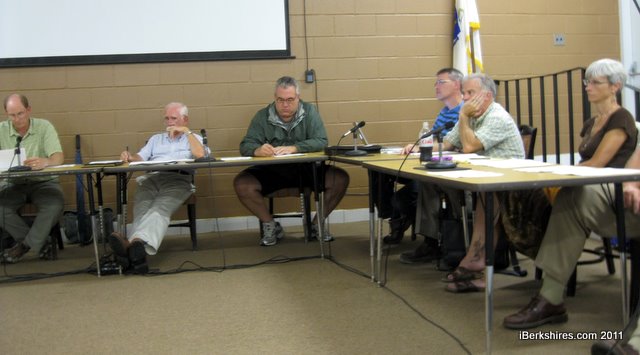 Poor air quality is one of the many problems the school will be drawing attention to in the 2012 statement of interest. |
The state Department of Public Health is looking into the issue but Archibald believes any cluster it may find is more likely to have been caused by something else in the school that may not have been addressed.
"It affects the thyroid — I say that so there is no mistake — therefore a connection to thyroid cancer sounds logical for high instances of thyroid cancer and perchlorate in the drinking water," Archibald said, but added that the U.S. Center for Disease Control has never shown a link between perchlorate and cancer, and many other places have had higher amounts.
The state's standard of one part per billion were implemented in 2004 and the two wells were immediately tested in ranges of one to two parts per billion and 5 to 10 parts per billion — which translates to about a teaspoon mixed in an Olympic-sized pool, Archibald said. New York and Nevada regulate prechlorate levels at 18 parts per billion, he said.
While "anecdotal evidence" can lead people to "emotionally" believe the chemical causes cancer, the relationship between the two is likely coincidence, he said.
Also in 2004, perchlorate was found in the 783 to 1,300 parts per billion range in a condominium in Boxborough and the town of Millbury's water supply had a concentration in the 16.1 to 45.3 range.
"If the CDC and [Department of Public Health] comes out and says there is indeed a cluster, and it seems to be relegated to Greylock students, and we don't think it has to do with prechlorate, then I as a parent of a Greylock student would be nervous," Archibald said.
A 2003 air quality study and the 2011 statement of interest, which outlines many of the school's structural deficiencies, are available below.
MGRHS 2003 Air Quality Study ,br>
Mount Greylock_SOI_SBA_2011
Tags: building project, MGRHS, perchlorate,


